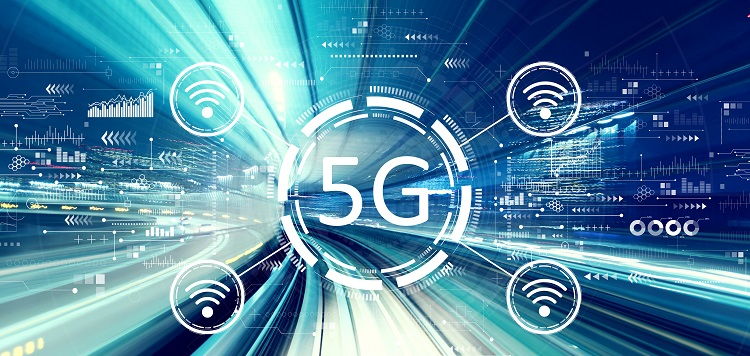The rollout of 5G infrastructure is well underway around the globe, with operators either actively deploying their networks or preparing to do so. However, today’s networks are incredibly complex, sprawling, and costly to manage, making it difficult for operators to make the necessary changes and updates to their infrastructure. In this article, we will explore how digital twin technology is helping operators overcome these challenges and transform the way they design and deploy 5G networks.
The complexity of network infrastructure
The sheer scale and complexity of modern network infrastructure means that making any changes or updates can be a protracted and costly process. This is because today’s networks often consist of hundreds of thousands, or even millions, of cells, each with its own unique set of parameters and environmental factors that need to be taken into account. Making any alterations to one part of the network can have complex knock-on effects, leaving operators with a highly complex system to manage.
Digital twin technology
Digital twin technology is an exciting development that has the potential to revolutionize the way operators design, test, and manage their networks. Essentially, it involves creating a virtual model of the network, complete with all of its parameters, environmental factors, and other relevant data. Operators can then use this model to test an infinite array of new parameters and capabilities without having to make any changes to the physical network itself.
The benefits of digital twin technology are clear: operators can test new network configurations more efficiently and cost-effectively, reducing both the time and resources needed to develop and optimize new network designs. Furthermore, digital twin technology enables operators to identify and troubleshoot issues before they occur in the physical network, reducing downtime and enhancing network reliability.
Unique challenges in 5G network design
Designing a 5G network is a complex and challenging task as it requires operators to balance a range of different considerations. For example, 5G networks require a higher density of cells to ensure sufficient coverage and capacity, hence increasing the complexity of the network and making it more challenging to manage.
To further complicate matters, 5G networks will need to support a range of new technologies and applications, such as ultra-high-speed video streaming, augmented and virtual reality, and Internet of Things (IoT) devices. This means that operators will need to carefully design and optimize their networks to ensure that they can handle the additional data traffic and provide the necessary quality of service.
Advancements in digital twin technology
Fortunately, advancements in digital twin technology are emerging at just the right time to help operators meet these challenges. For example, many operators are now using machine learning algorithms to automate the network design process. These algorithms can analyze vast amounts of data to identify opportunities to optimize network performance and identify potential issues before they occur.
Another important development is the emergence of cloud-based digital twin models. These models enable operators to create a virtual version of their network that can be accessed and updated in real-time from anywhere in the world. This provides a more flexible and scalable approach to network design and optimization, enabling operators to respond more quickly to changes in network conditions and customers’ demands.
Keeping the digital twin model up-to-date
One of the challenges of using digital twin technology is keeping the model up-to-date with any changes that take place in the physical network. This can be particularly challenging for larger networks, which can have more than one million cells, each with its own set of parameters. However, operators can overcome this challenge through the use of automated tools and processes that can quickly and efficiently update the digital twin model as changes occur.
Benefits of Digital Twin Technology
The benefits of digital twin technology for operators are clear. By using digital twin models to test and optimize network design and performance, operators can improve the quality of service they provide to their customers. This includes faster network speeds, reduced latency, and a more reliable connection. It also allows operators to reduce costs by making more efficient use of network resources and reducing the amount of physical infrastructure needed to deliver network services.
The rollout of 5G infrastructure is a complex and challenging task, but digital twin technology is helping operators overcome many of the challenges they face. By creating virtual models of their networks, operators can test and optimize new network designs more efficiently and cost-effectively. This, in turn, enables them to provide better quality of service to their customers while also reducing costs and improving network reliability. With digital twin technology continuing to evolve and improve, it is clear that the future of 5G network design and rollout is looking brighter than ever.

